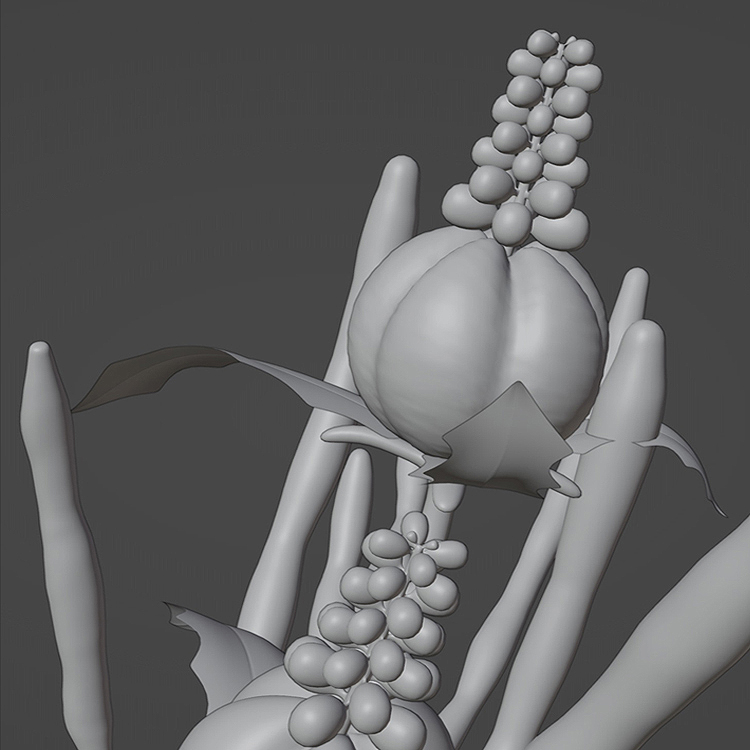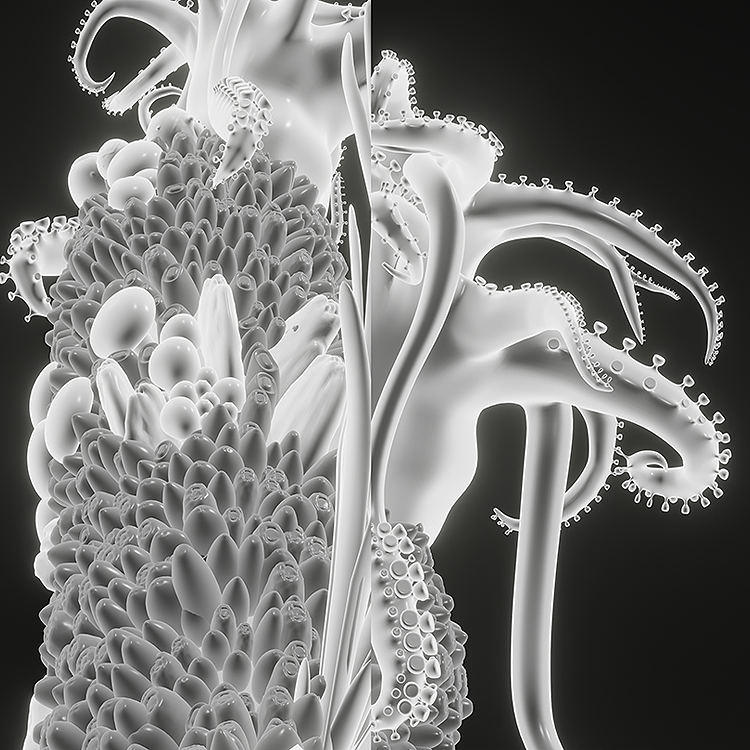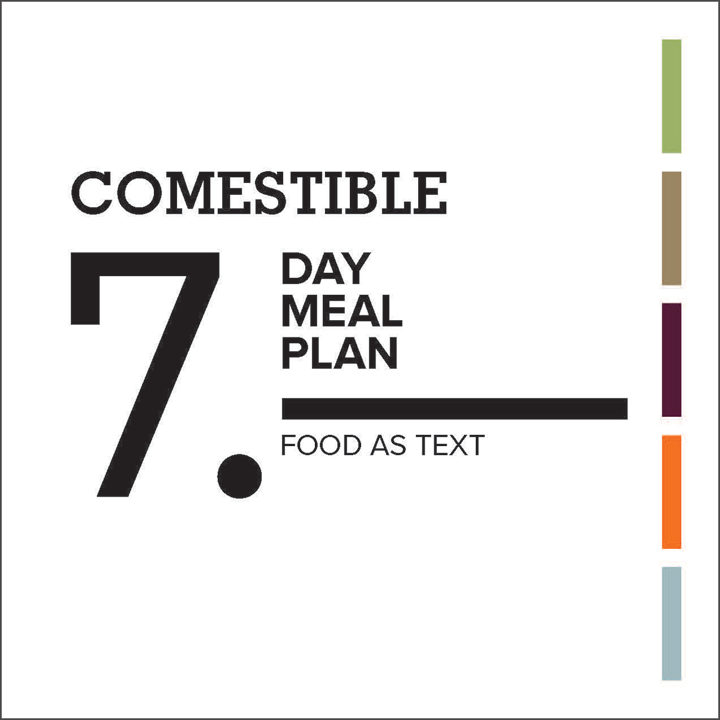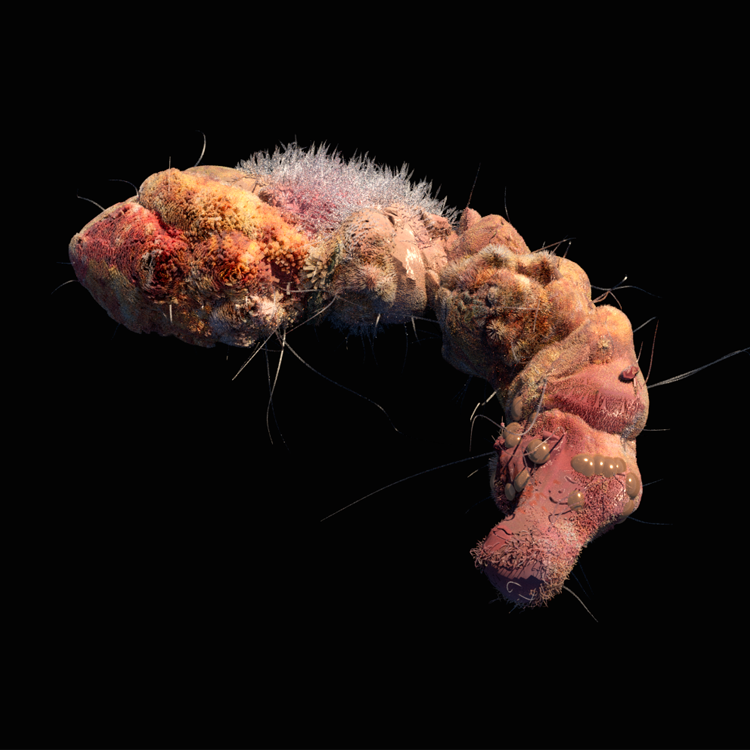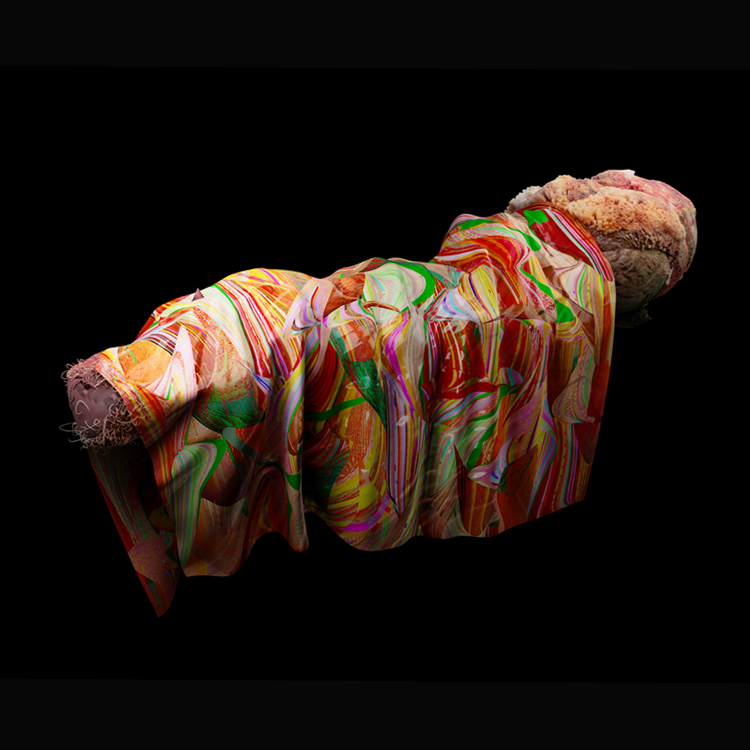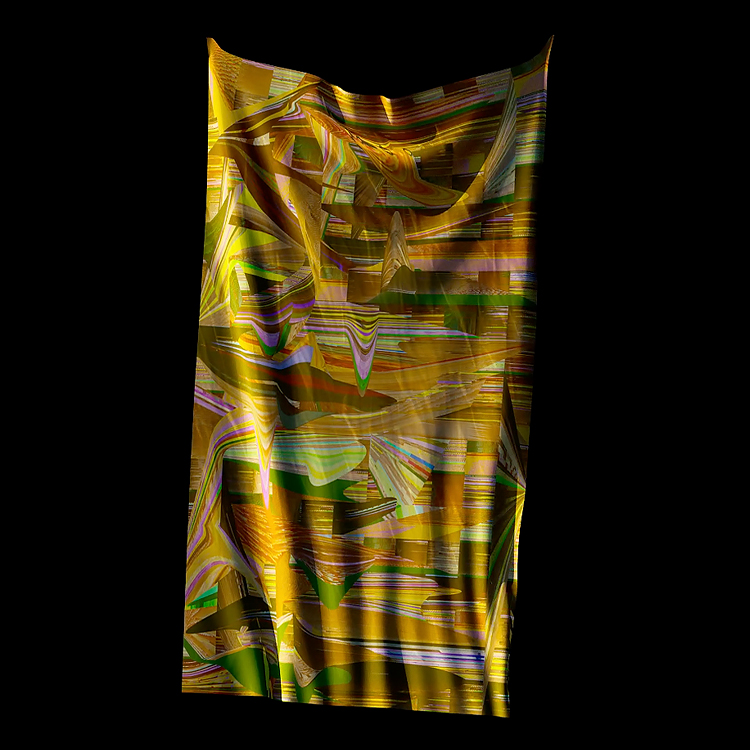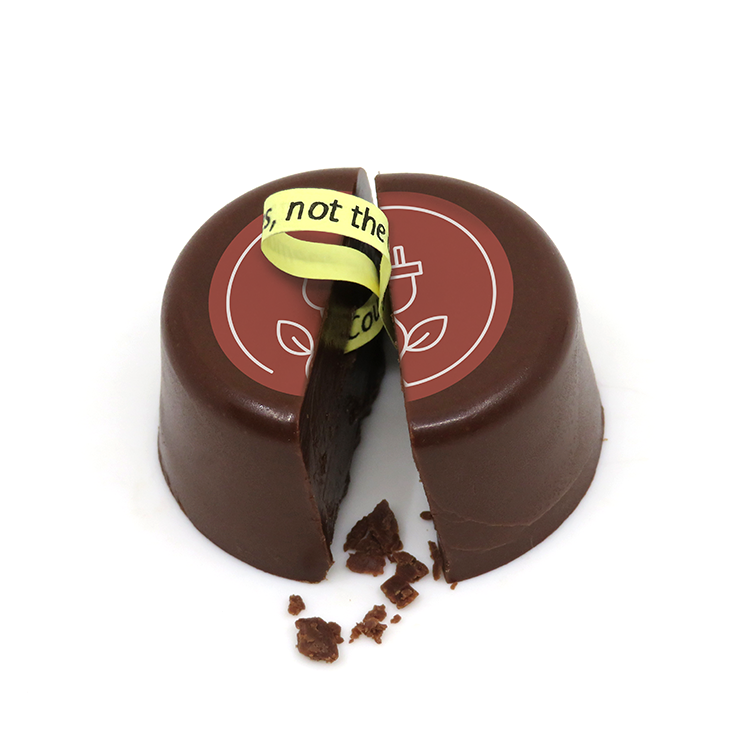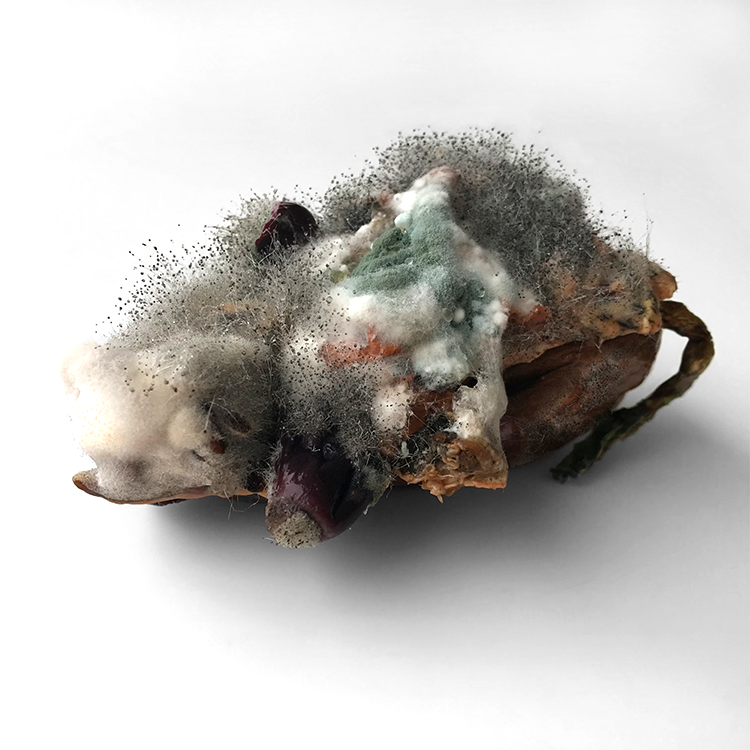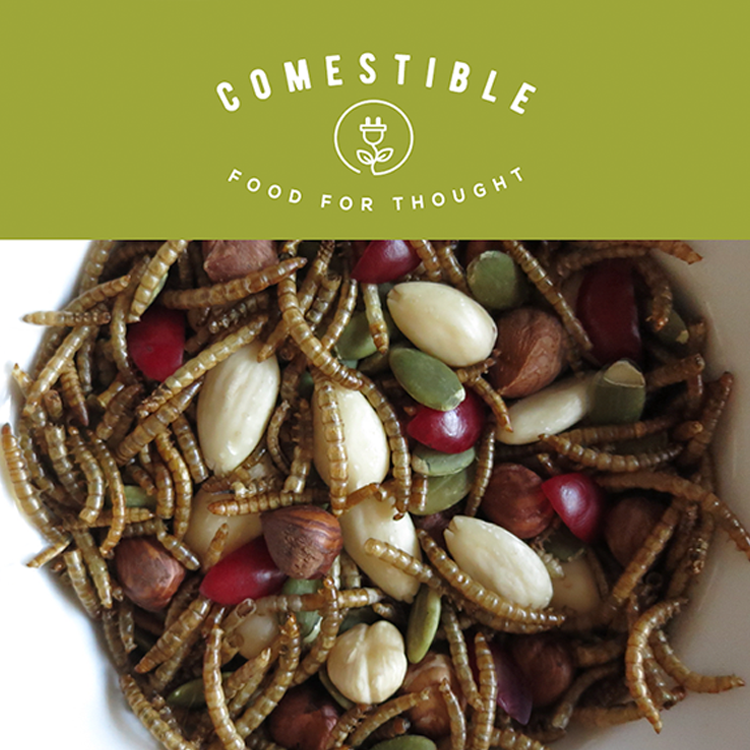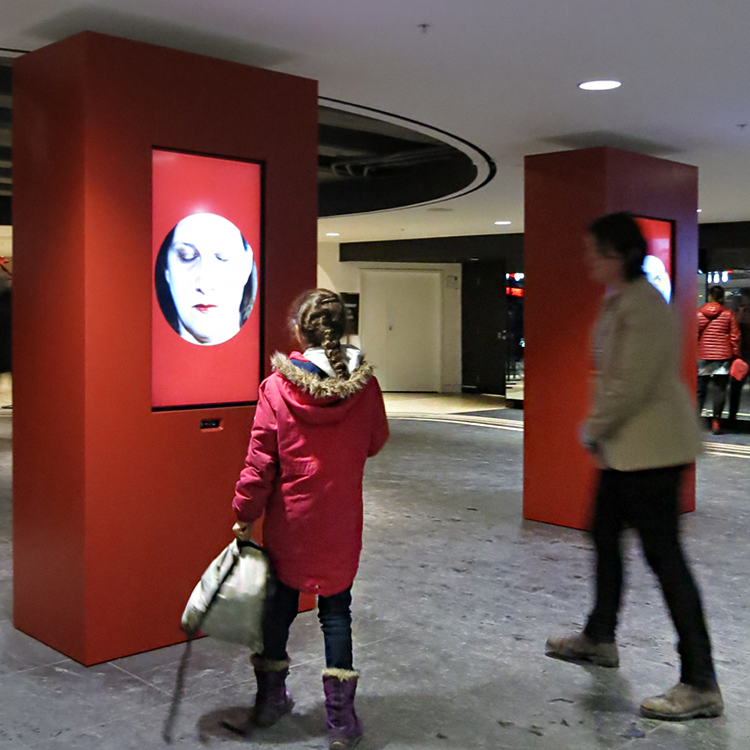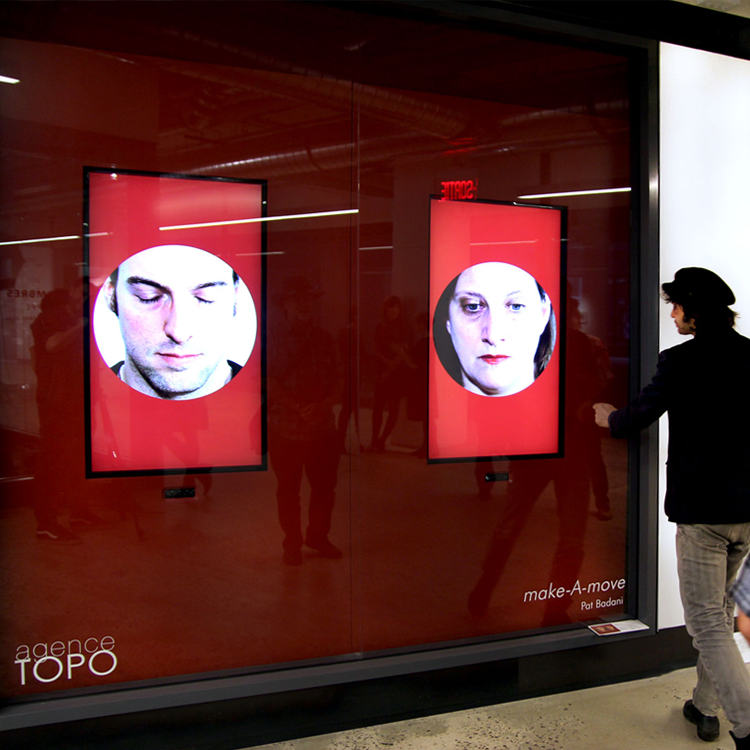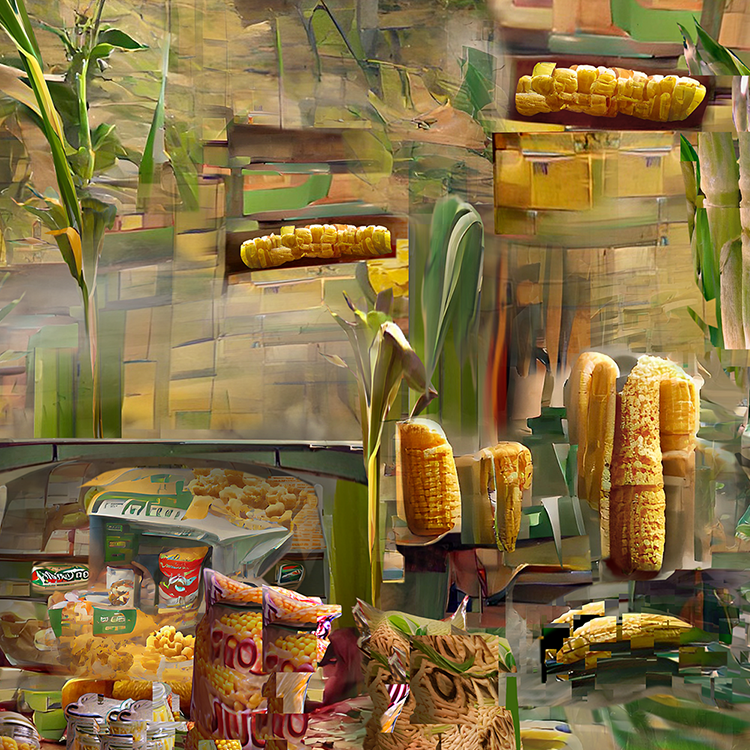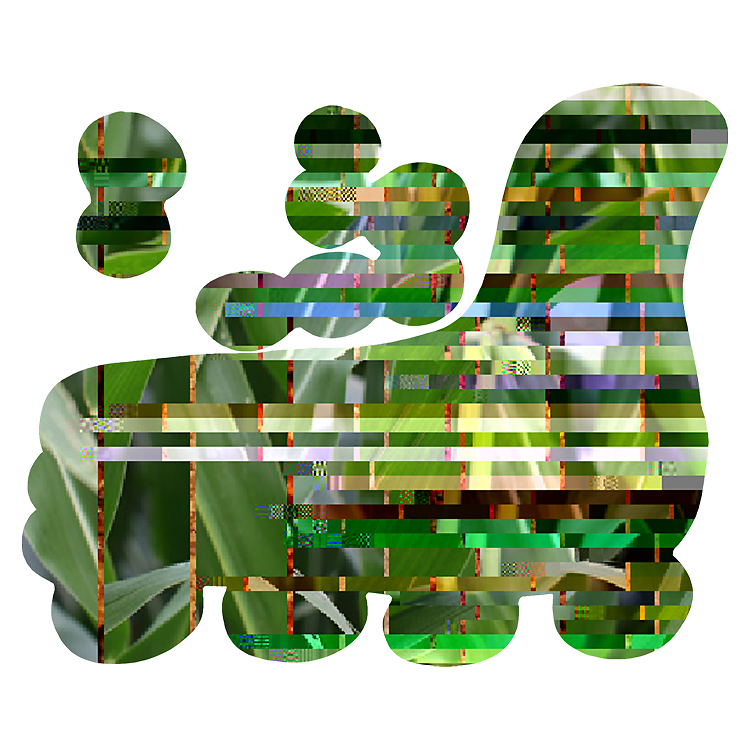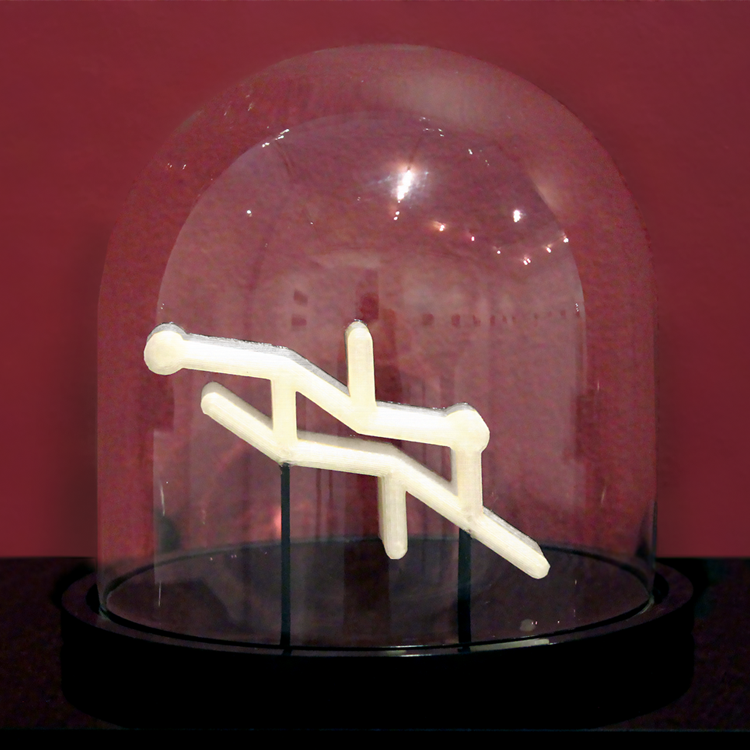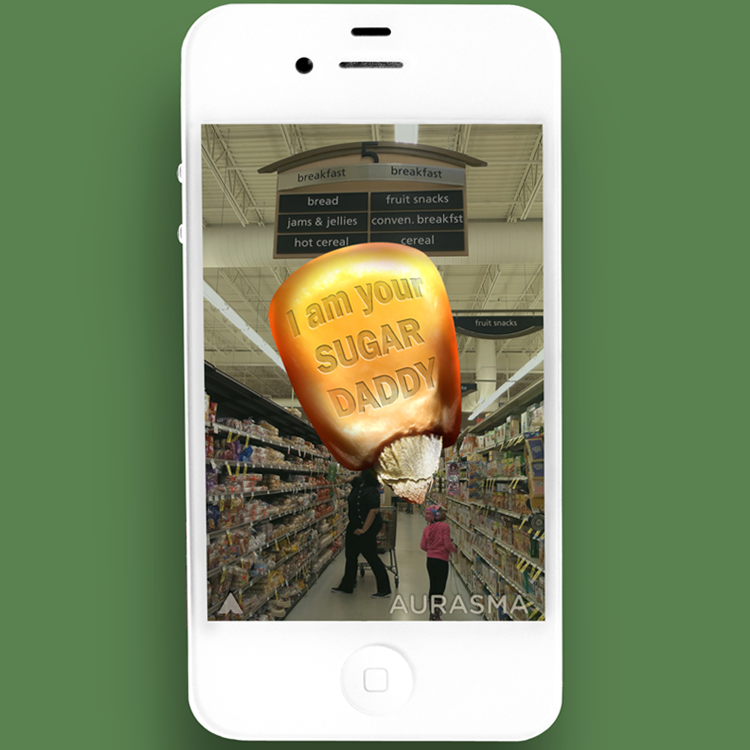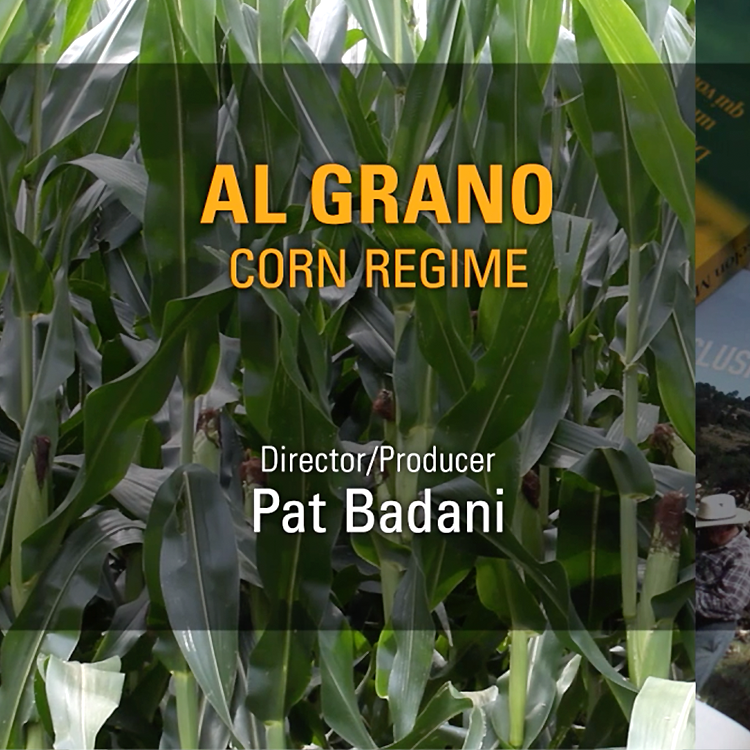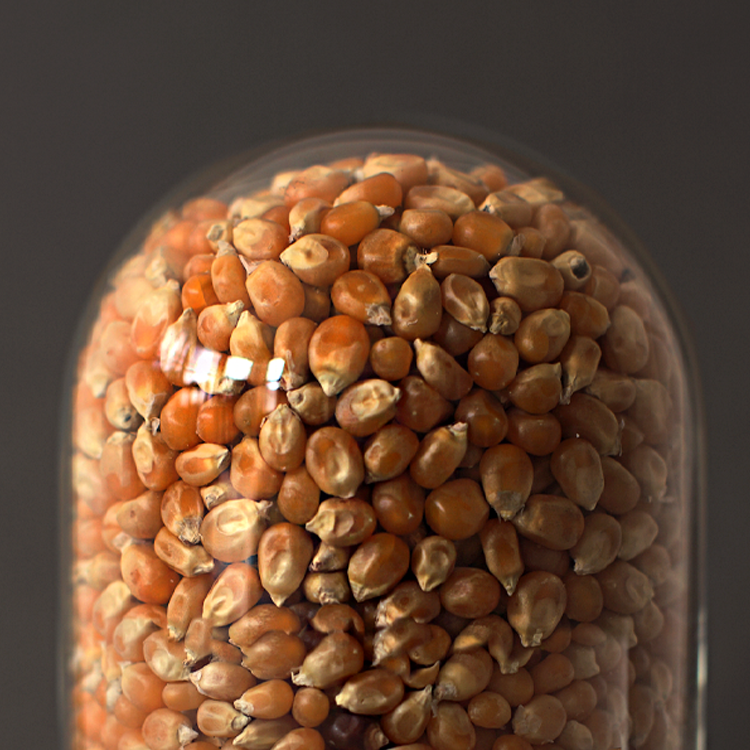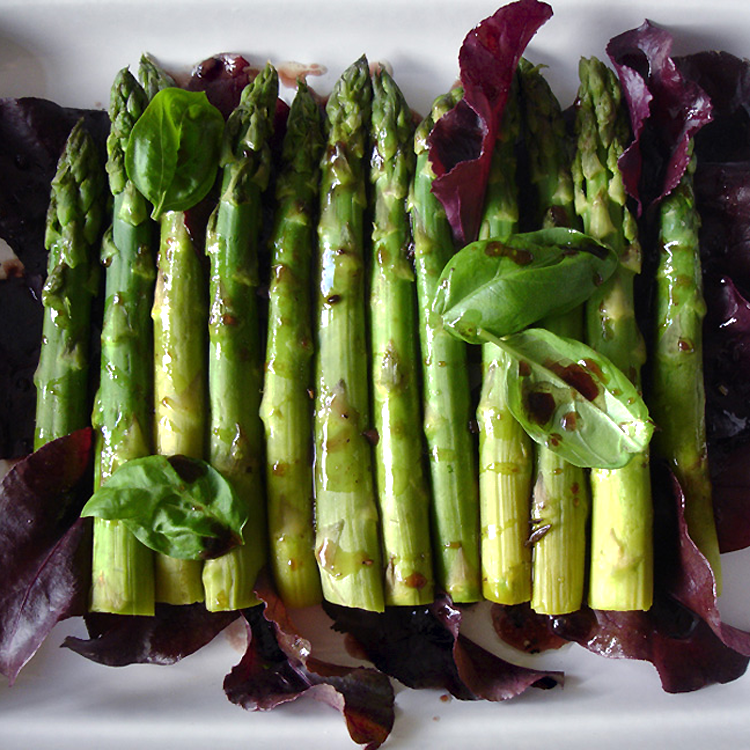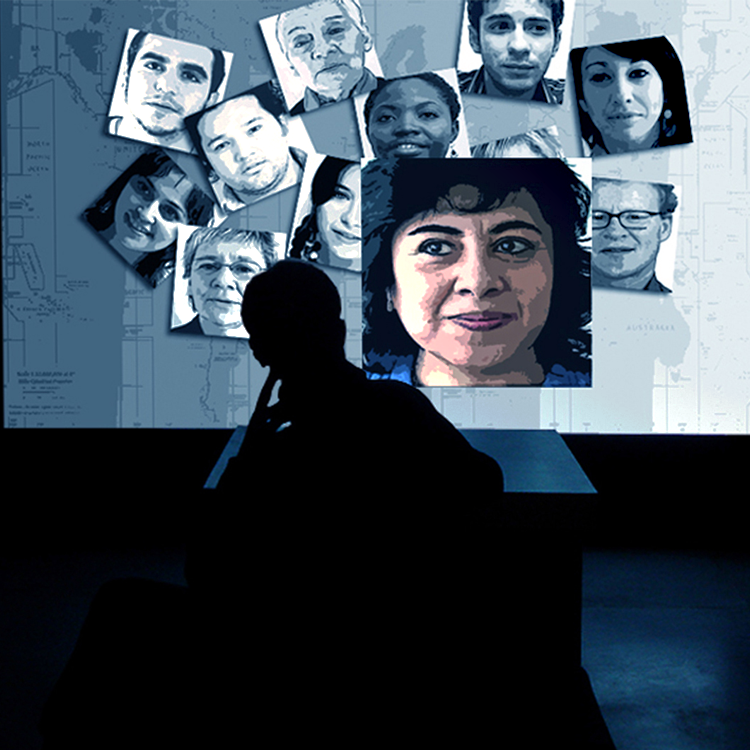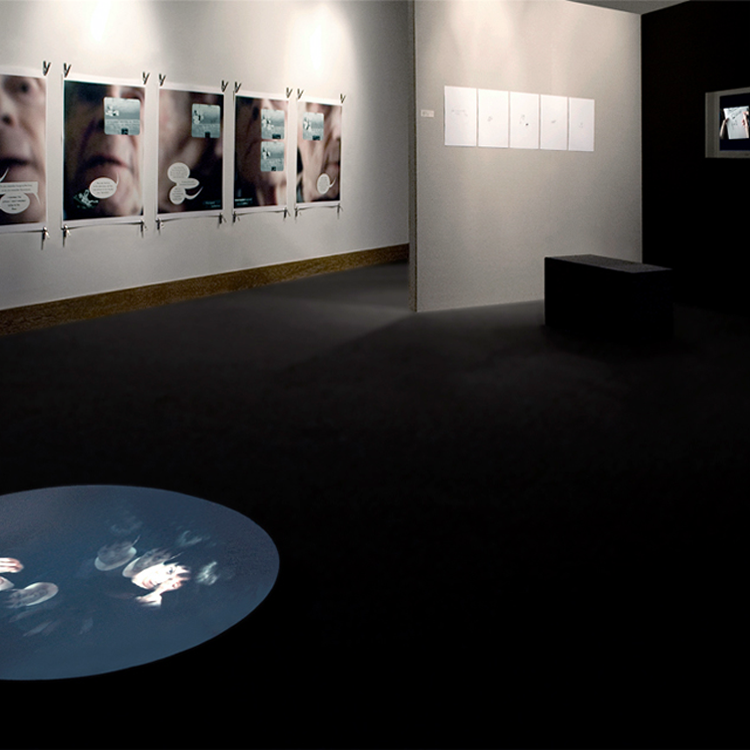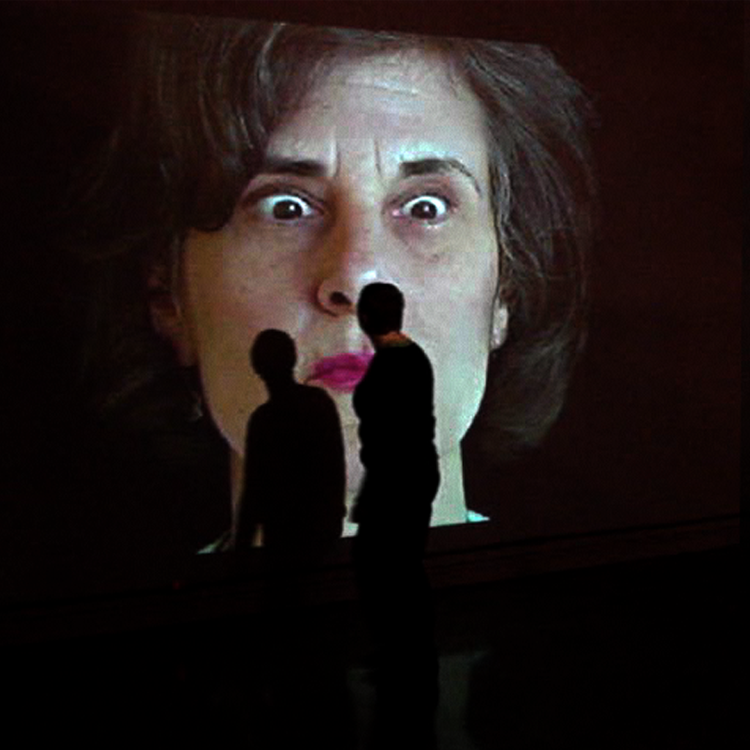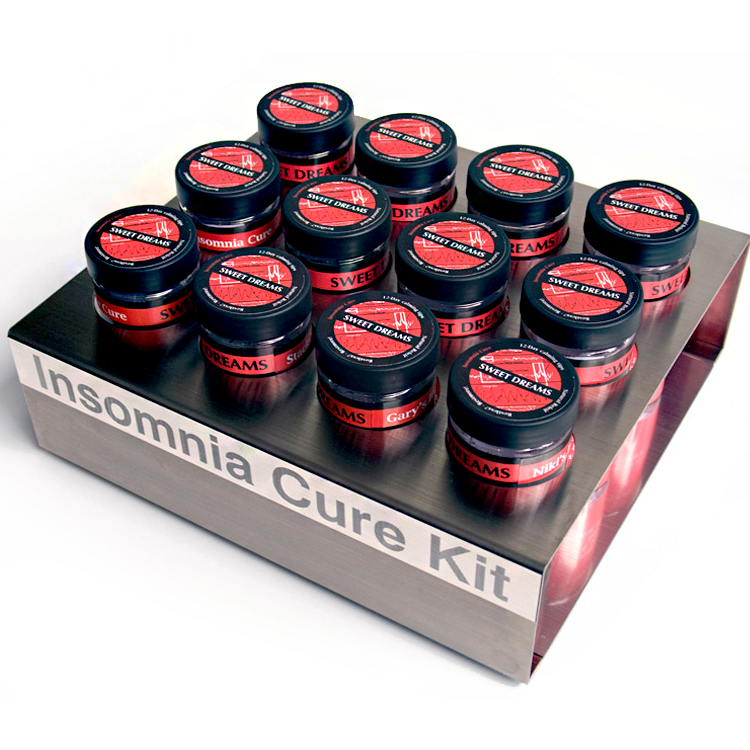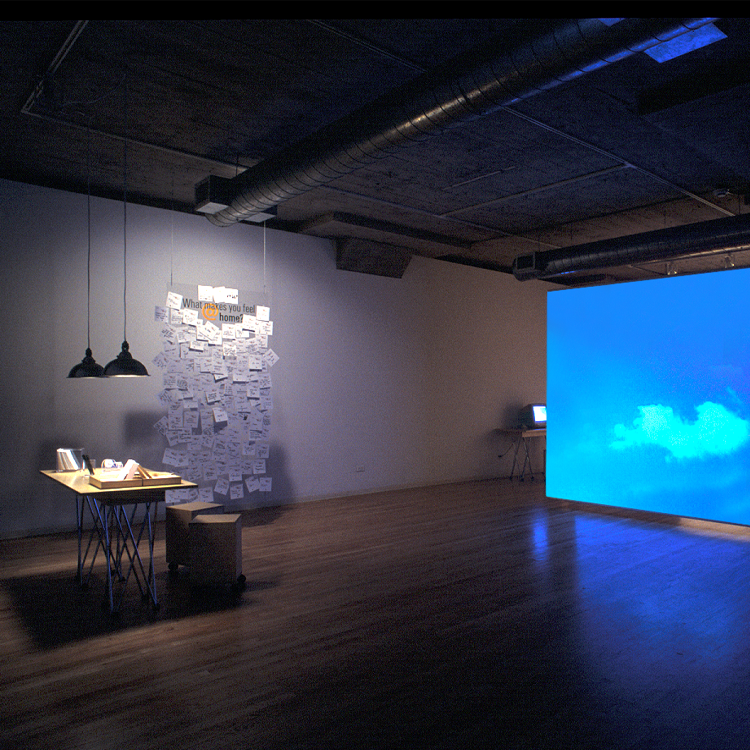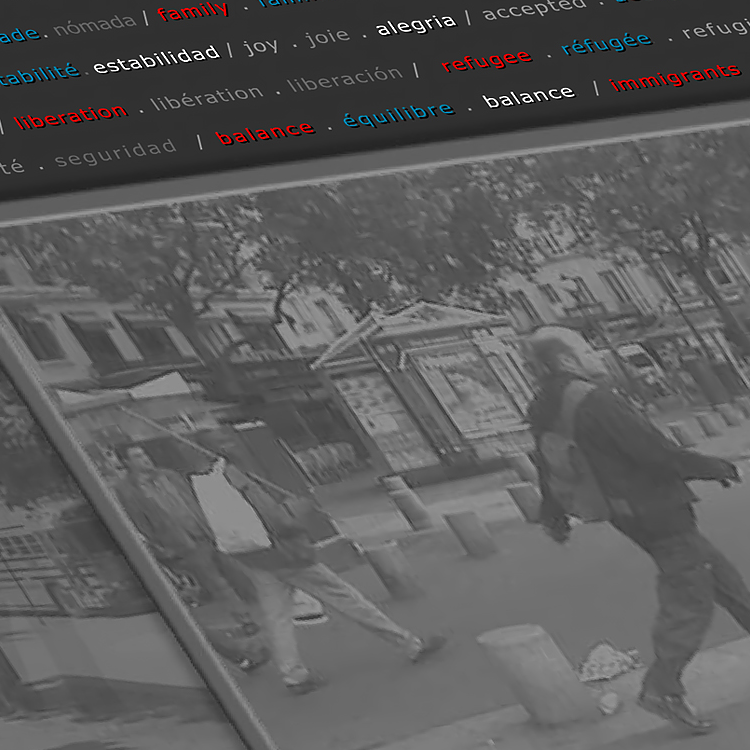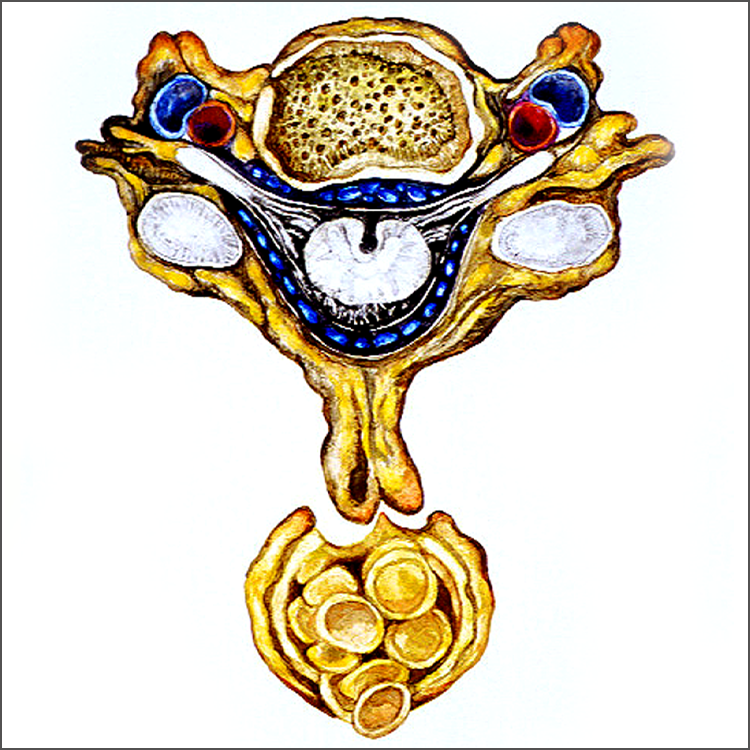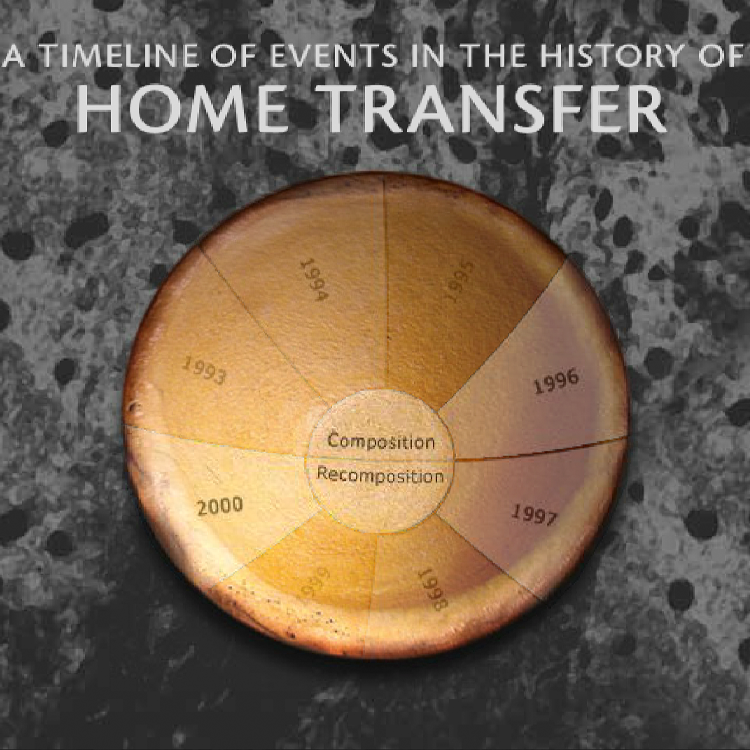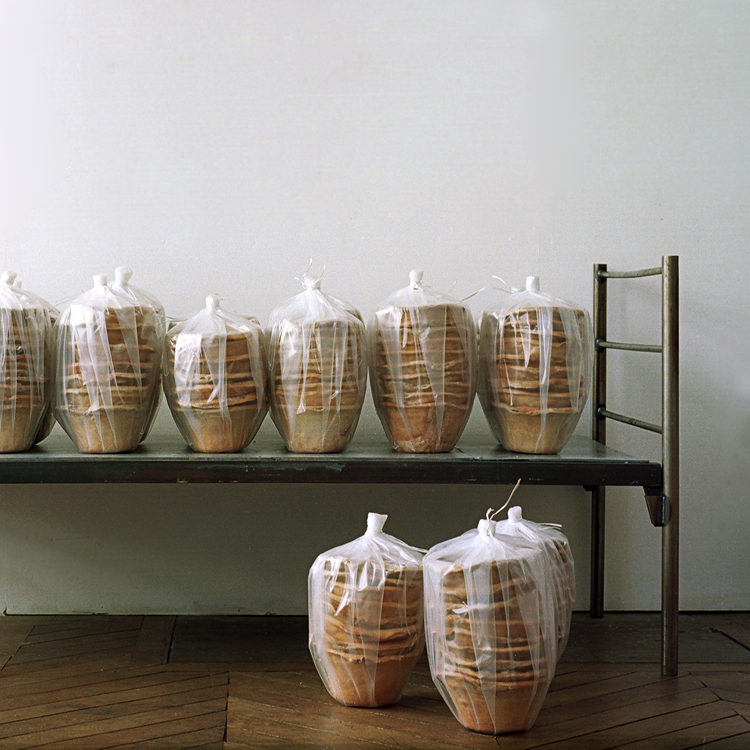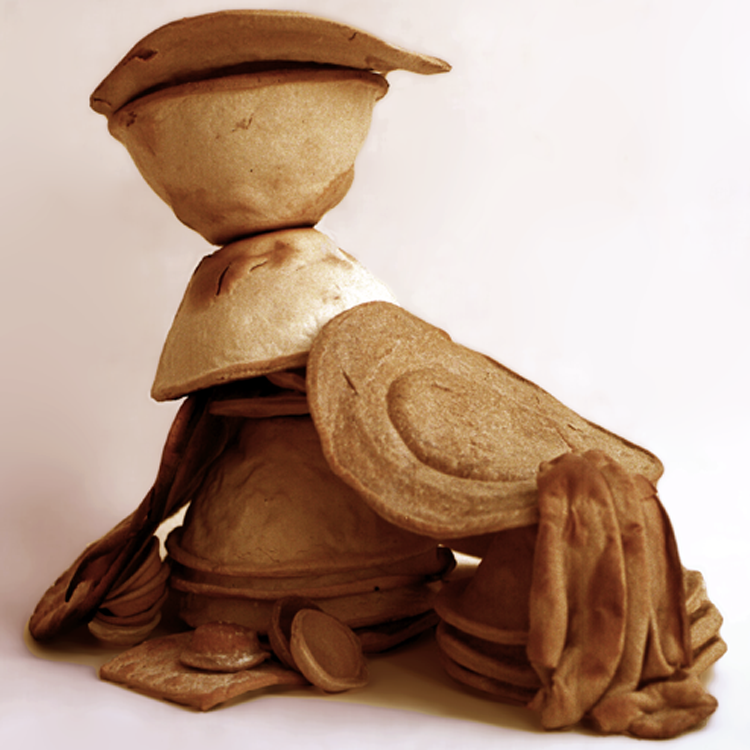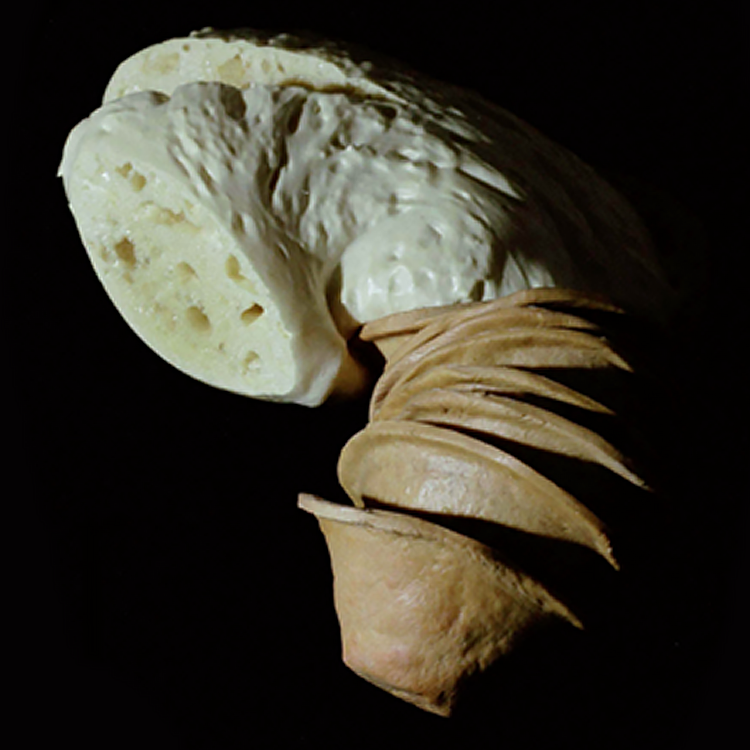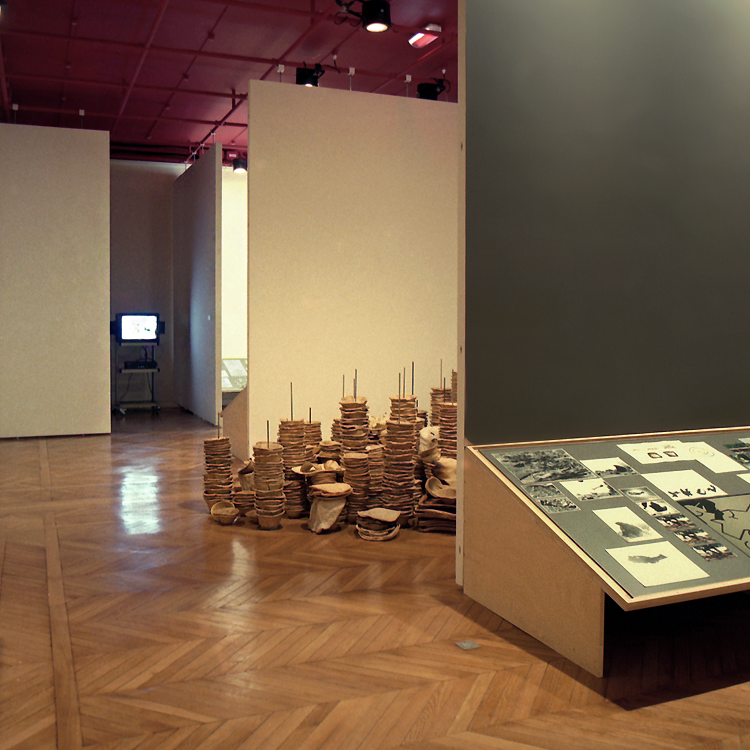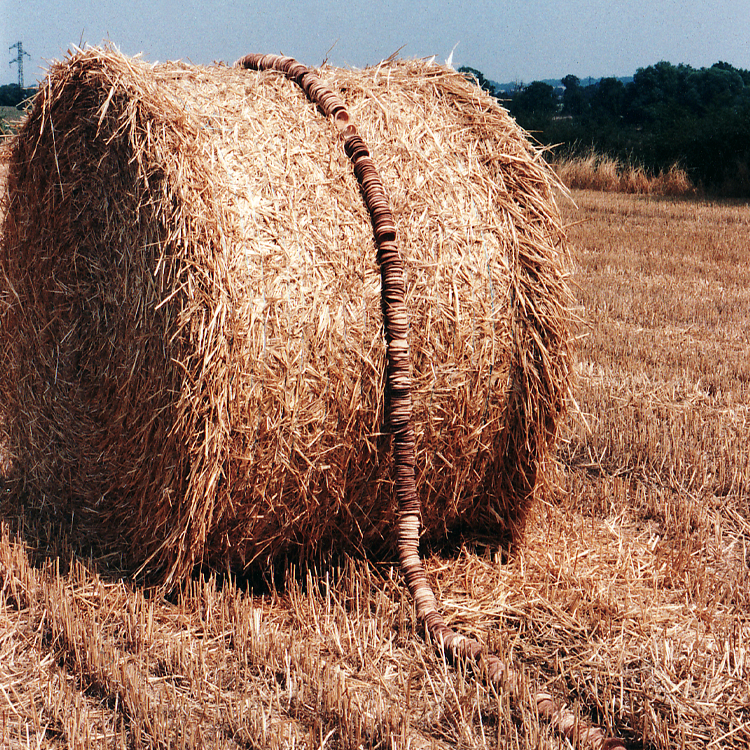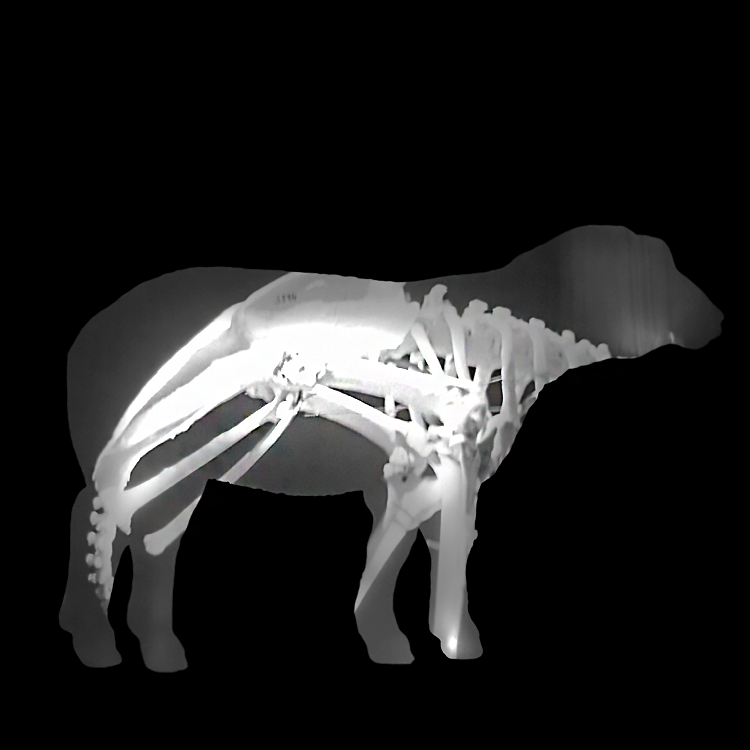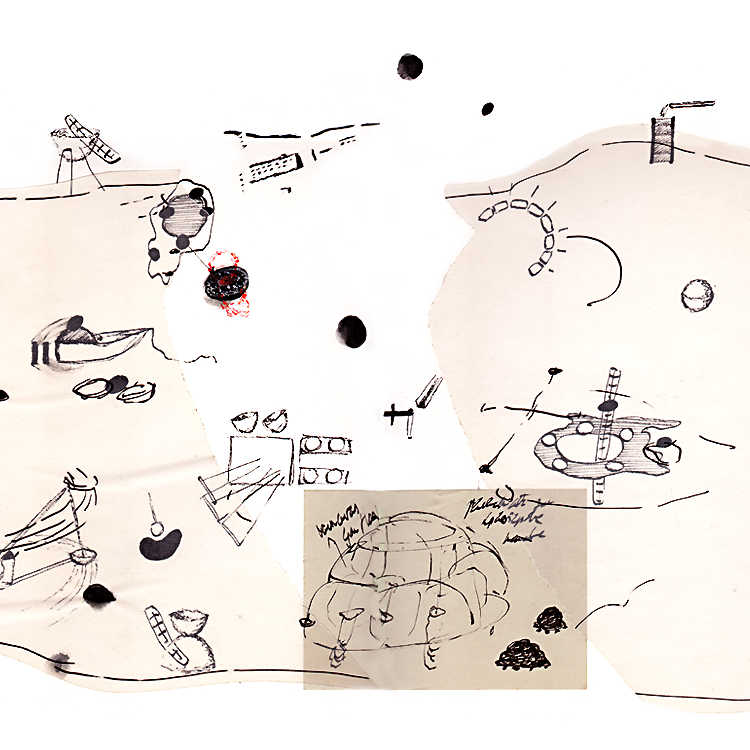© Pat Badani - Visual media and texts may not be used without permission
“BichEden:” - a collaboration with Mariel Martinez - is a multichannel video installation of technologically re-engineered 'still life' artifacts informed by endangered species in Coral Reef, Rain Forest, and Alpine ecologies. Ecological and scientific concepts related to food web communities provide empirical grounding for associative thinking in the creation of imaginative 3D animations - an uncanny archaeology of artifacts that forward awareness on the fragility of ecosystems in the face of climate change. 'BichEden' is nested within the 'Bichi' project, works that transform organic materials, objects, and even information, to create a new genesis based on questions at the forefront of my imaginary when mass famine could become part of daily reality in times of climate emergencies. The project has earned two major awards in 2024.
[ more ]
[ more ]
“BichEden: Folds” - a collaboration with Mariel Martinez, uses 3D simulation software to explore the concept of assemblage through organic and non-organic mashups intentioned to do away with the nature-culture distinction. The affects of one body are seen to enter composition with other affects in symbiotic relationships, to join in composing a more powerful body. "BichEden" is nested within the "Bichi" project, works that transform organic materials, objects, and even information, to create a new genesis based on questions at the forefront of my imaginary when mass famine could become part of daily reality in times of climate emergencies.
[ more ]
[ more ]
“Comestible 7-Day Meal Plan: Food as Text” is an artist's book that invites the reader to consider an ecological landscape in which food and diet are part of a narrative involving a wide-ranging "makeover." At the intersection of art and science, the editorial design alludes to instruction manuals and to scientific papers in that I take certain conventions –like periodic tables– to transmit the aesthetic of a laboratory exploration, or a biology cabinet.
[ more ]
[ more ]
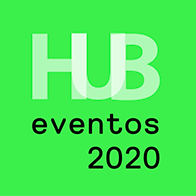
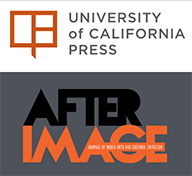
“Bichicuchitu” is a 3D computer animation inspired by new debates concerning biological productions that challenge definitions of what’s considered distinct species, calling for a reconsideration of notions on alterity. With the aim of reinterpreting subjectivities/positions about who/what has the right to exist and thrive, the imaginary 3D ‘creature’ is informed by my ongoing series of DIY bio forms - transspecies assemblages that make visible the vulnerable encounter between variable living forms.
[ more ]
[ more ]
“Bichicu-Chow” is a 3D animation short in which a hypothetical 3D 'specimen' enacts corporeality drawing from two of my ongoing works that use 'food' to explore narratives and counter-narratives of dominance, subjugation, and transformation. The experimental piece is informed by the rapid development of denatured biological organisms and ecosystems, and the ways in which they are reconfiguring modes of subjectivation.
[ more ]
[ more ]
“Comestiblemealplan-Weave” is a 3D animation. A series of Glitched images were compiled into one checkered file, and using 3D animation software, the file took the form of a drapery that seemingly blows in the wind. The animation embodies flexibility and adaptability, while remaining anchored and returning to center. Spawned by my previous project “@Comestiblemealplan“ this piece expands my exploration on the transformative role of women in sensing nature through food cultivation, distribution, and consumption.
[ more ]
[ more ]
@Comestiblemealplan is an interactive artwork composed of digital Glitches using Instagram as a canvas. With the idea of surveying ecological stability in times when food security and environmental sustainability have become urgent matters, selected digital images of industrialized foodstuffs from my "Comestible" archive were subjected to processes producing glitches. The back-end code driving digital images of foodstuffs were 'hacked' using texts from literary sources ranging from "Paradise Lost" by John Milton (1667) to "The Edible Woman" by Margaret Atwood (1969). By introducing texts with women at the center of the discourse about food production, distribution, and consumption, the Instagram platform provides an interesting space for me to examine gender narratives of dominance, subjugation, and transformation -- and the pursuit of the 'good-life' as defined by different ideologies and the rules that help them function.
[ more ]
[ more ]
Fortune-Chocolates: Chinese-American Fortune Cookies contain wisdom soundbites. My "Fortune Chocolates" contain aphorisms - concise expressions promoting presumed truisms about eating habits. My texts are prescriptions for lifestyle changes that reveal tensions in contemporary life, observable in food ads that appeal to metaphysical concepts such as "destiny", "dreams," and "better-life".
[ more ]
[ more ]
“Incu-Bichu” is a series of DIY bio forms of vegetables and fruits that grow mold in my incubator. Like in an alchemist kitchen where substances continually act with one another to shape new things, these works are in transition and unfold through different states of transformation.
[ more ]
[ more ]
“Comestible: Seven-Day Meal-Plan” parodies diet plans to enter the bigger debate about money, hope, experience, and ideas related to self-improvement and a better life. The diet plan mocks techniques of foodie lifestyle marketing. Urgent geopolitical, environmental, labor, and economic narratives are playfully embedded into a cookbook’s recipes and a series of cartoons. Project supported by a DCASE award and a MacDowell Fellowship (National Endowment of the Arts).
[ more ]
[ more ]
“make-A-move – Art Souterrain” is an interactive work commissioned by Art Souterrain Festival 2015 and developed during a new media residency at Agence TOPO, in Montreal. The site-specific piece was designed for exhibition in public space at Place des Arts. Two automated portraits - a female and a male - reacted to the movements of passersby. When people walked in front of the two screens, the portraits uncannily followed them with their eyes.
[ more ]
[ more ]
“make-A-move – Agence TOPO” is a responsive, screen-based installation involving two flat screens, digital animation, software design, and physical interaction. It was conceived and developed by Pat Badani during a residency at Agence TOPO in Montreal. The interactive work and a wall installation made up of documents about the making of “make-A-move” were exhibited at Agence TOPO, in Montreal.
[ more ]
[ more ]
“AL GRANO-Strange-Stranger” is a digital mashup combining an AI text-to-image generator and imaging software to create a composite panorama; a collaboration with artificial intelligence where I have played curatorial and artistic roles in the selection of texts prompts, images, and final compositing processes.
[ more ]
[ more ]
“AL GRANO: Framing Worlds” is a new media installation concerned with environmental, cultural, technological, political and historical formations related to maize, a contested grain considered both food and cultural symbol in Mexico, and source of macro profits for multinational agribusiness.
[ more ]
[ more ]
Composed of 3 interwoven works “Al Grano: Formas de pensar mundos” is a gallery installation that focuses on the manipulation of codes - the underlying structure of genetic systems. Transgenic corn is seen as an explosive capsule with the capacity to divide communities and Nations, and yet the ensuing debates have caused movements of conservation and care of ecosystems, the development of sustainable communities around food safety issues, and the recovery of agricultural traditions.
[ more ]
[ more ]
“Al Grano: Augmented-Cereals” is an Augmented Reality experience created to specifically activate breakfast cereal aisles in supermarkets in the USA. Consumers can use Androind and iOS mobile devices with an augmented reality app to interact with the project. The project integrates geolocation and image recognition technology. (With the support of a "Robert Heinecken Trust Fund.")
[ more ]
[ more ]
“Al Grano: Corn Regime” is an experimental, split screen, documentary short film that addresses the livelihood struggles of maize growers in Mexico – center of origin, domestication and biodiversity of maize - and the balance/unbalance created by environmentally sustainable and exploitative agro-practices today.
[ more ]
[ more ]
Intermingling politics and mythology of maize, “Al Grano” is a project that brings into play a small grain to explore issues of global pertinence. The work examines corn's passage from Mesoamerican divinity to its contemporary transgenic avatars, and appraises the integration of arcane and contemporary agro-technologies that could contribute to ecological balance.
[ more ]
[ more ]
“Comestibles” is an autoethnography project where personal experience and narrative is used as the basis for understanding cultural and social contexts. Everyday meals that I invent, photograph, and videotape, are composed of foodstuffs that pertain to a specific classificatory system. The project is an interactive New Media Installation at the crossroads between Still Life Painting, Edible Sculpture, and Food Photography.
[ more ]
[ more ]
“Where are you from?” is an interactive screen-based installation incorporating animation and videos; a wall-size text with keywords extracted for the video narrative; and a book. The work explores notions of foreignness seen as the displacement of people, languages, culture, and the Utopian imagination; but also of images in motion that migrate to different supports and genres. The work was commissioned for the exhibition “Extranjerías”, a research project initiated by Espacio Fundación Telefónica (Buenos Aires).
[ more ]
[ more ]
[in time time] is an installation involving large digital prints and two new media works: a split-screen video titled [8-bits], and a context aware, interactive installation titled [ping-pong-flow]. The pieces are bound together by their related concerns: adult/child interactions, consciousness and reality, time and memory, and the relationship of sender and receiver in a communication channel; yet differentiated in their embodiment and in their speculative vantage points, specifically in the way that images and human experience converge. In [8-bits] viewers are enlisted as perceptual editors as they negotiate attention between alternating images, sound and text. In [ping-pong-flow], participants activate a responsive image, an avatar seemingly conscious of others. A circuitry of communication is created with the avatar and her ghosts, who react uncannily via a number of gestures to the movements of viewers around a simulated pit. The work was commissioned and funded by the Tarble Art Center Foundation.
[ more ]
[ more ]
“me & u” is an interactive, screen-based installation involving concept research, digital image capture & manipulation, pysical interaction design and software design. An avatar's animated gaze reacts to the viewer's proximity. New media, in addition to theories of proxemics and intersubjective non-verbal communication, are used to reference how observer and observed interact and are inextricably linked with each other. The work received an ISU research grant for its development.
[ more ]
[ more ]
“Insomnia Cure” is an interactive object (book) involving participation, ethnographic and
documentary practices, photography, text, and product design. I used the building in which I live - a
location in which a given community sleeps within shared geographical boundaries (the confines of a 6-unit
condominium in Chicago) to investigate the problem of insomnia. This circumscription provides an
opportunity to sample and inspect a contemporary “malaise” arguably induced by contemporary life-
styles.
[ more ]
[ more ]
“Where Life is Better” is an interactive installation involving documentary-based archives that are situated at the juncture of material and digital environments. Two object-based installations invite participation; a video projection and a Web-sited work showcase documents collected since 2002. The gallery visitor reconstructs these multiple channels of information that unfold in time and interrelate in space to explore ideas related to a better life. In today's global society we collectively share shifting definition of placement, heritage and belonging, and we often locate that which is "better" in the realm of the beyond; this notion is endemic of modern living where no place is contained and no home fixed. This project sets out to locate these shifting definitions of a "better life".
[ more ]
[ more ]
“Where are you from?_Stories” is inscribed at the crossroads between ethnographic and documentary practices, oral history, and New Media forms. This multi-year project involves travel to 6 world cities and Live events held in public spaces during which participants contribute stories about home, displacement, and notions of a better life. The project culminates in a web-sited VOD archive with 55 three-minute video clips (selected from 130) showcasing vernacular testimonies. The work explores the Utopian imagination in world travel and migratory global processes. Notions of belonging articulated through mobility are revealed through 3-language video-clips (English/French/Spanish) with testimonies from citizens-at-large. The clips are hyperlinked to a vocabulary of frequently used words extracted from these testimonies. The project was launched under a major 2002 Canada Council Media Arts Research Grant that allowed for international travel and transcultural research.
[ more ]
[ more ]
“Morphs” use 'dry fresco' painting technique on plaster to explore the concept of assemblage through representations of organic and non-organic mashups intentioned to do away with the nature-culture distinction (Deleuze & Gauttari). The affects of one body are seen to enter into composition with other affects in symbiotic relationships, either to consume that body or to be consumed by it, to exchange actions and passions with it, or to join with it in composing a more powerful body.
[ more ]
[ more ]
“Home Transfer” is a net.art piece that explores changing notions about being @ home. Contemporary nomadism and its effect on memory, place and presence intersect with practices in architecture and new technologies. A dwelling made of bread and its parasitic invasion is used to reveal the participant's psychological and physiological relationship to home. The piece establishes dialogical, Host/Guest relations between architects and people online: these are "communicational spaces."
[ more ]
[ more ]
“Housebroken” involved the exchange of a physical object for something immaterial: conversation. Twenty medical doctors practicing in Paris (France) received an unwell, nauseous object (weevil-infested bread), and an invitation to participate in a discussion about wellness in the urban environment. Conversations about medical disorders, gave way to discussions about social disorders. My aim was to build a space for speculation by creating a situation.
[ more ]
[ more ]
“Urban Projects” is one of several works in which I have used bread-bowls to develop ideas related to urban culture. I worked at Poilâne Bakery in Paris (France) alongside 5 bakers: Vicente, Felix, Marcel, Percy, and Patrick, in order to mold and bake thousands of bread-bowls. For "Urban Projects" I asked each baker to use our baked productions (big and small bowls, plates and platters cast in bread) to design a sculptural construction representing their "model" habitat. This is a co-authored work between the bakers and myself. The constructions were envisioned and created by each baker, which I documented photographically.
[ more ]
[ more ]
In “Cultures and Ferments” I use a bakery shop to map the work-space of foreigners in the urban environment. I produced the piece in conjunction with immigrant bakers from Spain, Portugal, Peru and Greece. Vicente, Felix, Marcel, Percy, Partick and myself (also an immigrant) spent three years producing bread-bowls at Poilâne Bakery. For this project, we carved slices from sculptures reminiscent of leavened bread-dough that each of us had made. These gestures resonate by suggesting the social space immigrants produce in a new homeland, through work. The project brings to mind Julia Kristeva's claims: "Immigrants, hence workers. (...) The foreigner still considers work as a value. A vital necessity, to be sure, his sole means of survival, on which he does not necessarily place a halo of glory but simply claims as a primary right, the zero degree of dignity (...) a universally tried and tested stock for the wanderer's use."
[ more ]
[ more ]
“Tower-Tour” is an installation-work composed of four bread-bowl constructions, two videos, and four long documentary plates integrating graphic works. The documentary plates explore 4 different topologies through a multiplicity of self-generated documents: photographs, drawings, collages and watercolors. I created a labyrinthine trajectory for the exhibition through the use of the gallery's modular walls, offering a circulation with several points of entry and exit. Part of the work was produced in collaboration with the food industry. In a sustained effort with five bakers. We molded and baked thousands of bread-bowls during 3 years in a medieval Paris bakery (Poilâne). The bread-bowls are my building-blocks to build fictional structures for habitation, imaginary cities, and borderlines.
[ more ]
[ more ]
“Borderlines” is a project in urban and non-urban spaces around the world. I took a malleable bread sculpture with me and I used it to delineate, separate or unify spaces. By hundreds small bread bowls baked in a Paris bakery were strung onto a rope forming an inert snake with movable joints. From mass, the sculpture became line, both separator and link for the "Borderline" project. I installed a fragment of the bread-cord in various urban and rural sites. I left it in place until its partial or total disappearance, a process documented through video and photography. These documents explore the notion of unstable boundaries and they composed the documentary plate titled "Demarcations" shown in the "Tower-Tour" exhibition.
[ more ]
[ more ]
“Moutons” is a 1997 series of photograms informed by the successful cloning of the first mammal – a sheep named Dolly – and the mixed response form the scientific community, the media, and the public at large, with debates at opposite sides of the spectrum, from hopeful to dire predictions for humans and other-than-humans.
[ more ]
[ more ]
Drawings whether hand made or electronic, serve as notations mapping states of mind or ideas for projects, such as in "mind-maps". They also explore hypothetical constructs such as drawings for the Tower-Tour project: "machinations of exchange that play with the reversibility of form; the dichotomies of full vs. empty; the seesaw between convex and concave emblematic of a larger exchange, both colossal and reassuring; such as the engineering of water, of air, and of green islands for habitation. Do they allude to lungs for the earth (a fragile mass)? to the reversibility of space or of the elements? These are reversals in the proper sense of the term, allowing our comprehension to stand above, to go beyond gravity's inimitable limits". (Excerpt from Chirstophe Domino's "Tower-Tour" catalogue essay.
[ more ]
[ more ]
